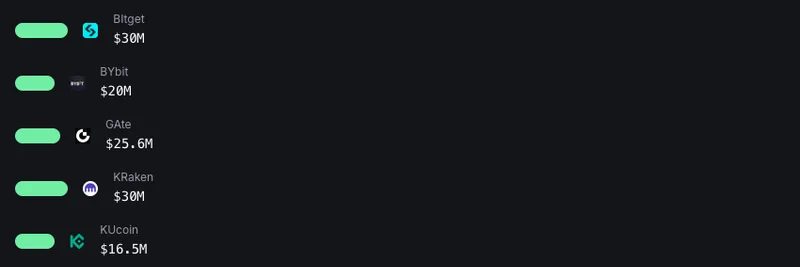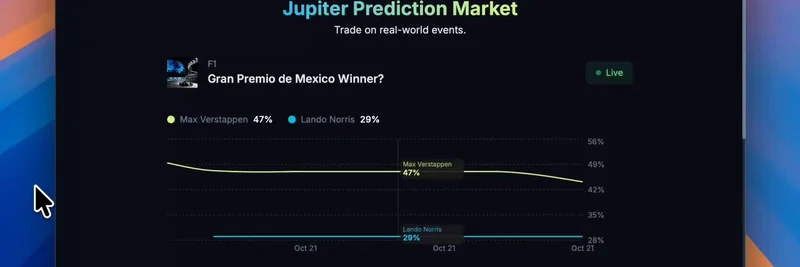In the fast-paced world of crypto, weekends can feel like a whole different ballgame. While traditional markets take a breather, digital assets keep churning, often leading to wild price swings—or "wicks"—that catch traders off guard. A recent thread by Evanss6 on X (view the thread here) breaks this down perfectly, highlighting the divide between long-term spot holders and the high-leverage altcoin crowd, including meme tokens.
Evanss6 quotes Ansem's post about someone casually sharing a Bitcoin chart amid chaos: forty billion dollars in altcoin liquidations and a 70% drop in open interest (OI). Open interest, for the uninitiated, is the total value of outstanding futures contracts—basically a gauge of market leverage and speculation. When it plummets like this, it means a ton of positions got wiped out, often forcing sales and amplifying downturns.
But here's the twist Evanss6 points out: this cycle's big drivers—think Michael Saylor of MicroStrategy, analyst Tom Lee, Bitcoin ETFs, and stablecoin giant Tether—are mostly spot holders. These are folks buying and holding actual crypto, not betting with borrowed money. For them, the market "closed" on Friday and "reopened" Monday with just a normal weekend fluctuation. Many probably didn't even notice the dip, let alone get liquidated.
Meme tokens, often lumped in with altcoins, tell a different story. These community-driven coins thrive on hype, leverage, and quick flips. When volatility hits, leveraged positions in memes get crushed first, leading to cascading liquidations. Evanss6 notes that Ethereum's OI is now lower than at the bottom of a previous crash, with negative funding rates—meaning shorts are paying longs, signaling bearish sentiment in the short term.
Diving deeper, he shares stats: Hyperliquid (a derivatives platform) had nearly 1.2 million ETH in OI recently, now under 400k. Overall aggregated OI dropped from over 6.1 million to 3.5 million ETH equivalents. Yet, there's a silver lining—more stablecoins are circulating now than during past lows, providing dry powder for buying. This suggests the market has plenty of room to ramp up risk again.
For meme token enthusiasts, this reset could be a setup for the next leg up. Evanss6 emphasizes that future direction will lean more on macro factors like the U.S. election (with Trump often seen as pro-crypto) than on-chain "natives" who've been deleveraged. Spot buyers, including institutions dipping their toes via ETFs, still have capital to deploy. It's not that "no one has money to bid"—far from it. TradFi (traditional finance) is just getting started in crypto.
This perspective is crucial for anyone building or trading meme tokens. While weekends can wreck retail leverage, they barely faze the big holders steering the ship. If macro winds shift positively—say, post-election clarity or renewed ETF inflows—meme tokens could rebound hard, fueled by that untapped liquidity. But remember, as Evanss6's bio wisely notes, this isn't investment advice. Always DYOR (do your own research) and manage risk.
Threads like this remind us why staying informed on broader market dynamics matters, even in the niche world of memes. Keep an eye on OI levels and funding rates via tools like Coinglass or DefiLlama for real-time insights. As crypto matures, blending spot holding with selective leverage might be the smarter play for long-term wins.




